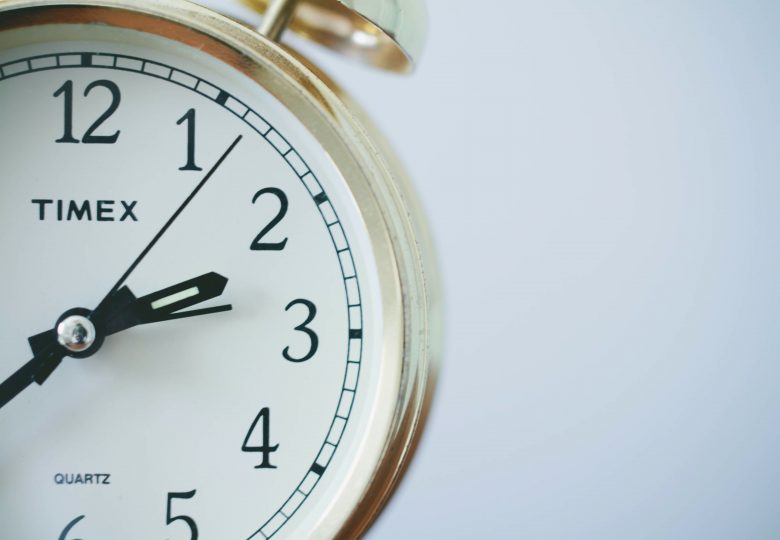Take a timeout – it strengthens the collaboration

If there were no spaces between the words in this text, then it would be difficult to read and understand. When there is a timeout from our task to feel, we receive a lot of data in the form of impulses and emotions, which can tell if, for example, the collaboration in the team is going in the right direction or our decision is the right one. Use timeout to notice what is important to both yourself and the team.
timeout
However, we are not leaving our task. Instead, it gets time, as we notice and are in dialogue about whether, for example, the development is going in the right direction. Time to become aware of a sudden change of course in the task, and whether adjustments are needed.
timeout
A break, a mental step to the side from what we are about to do. That is briefly described a timeout. This is where we have attention focused on feeling and reflecting. Here we do nothing and there is no action.
timeout
Often, we primarily focus on what we do or the conscious task. Especially under pressure and by deadlines, we can push the moment of reflection to the side and only act. Many of us probably know this from the team when we come up with various suggestions for how the process could have been more optimal. This means that we have probably had various emotional inputs along the way that we could have made use of. But we may have pushed that data into the background to take care of ourselves in the moment, or to avoid losing sight of the target.
timeout
When we can combine reflection and concrete work, we create a flow between thought and action. We get both what we do and how we do it on a conscious level, where we can make rational decisions based on our emotions.
Timeout
How do we take a timeout?
Maybe you already have some routines such as evaluation of projects, status meetings, etc. This could be combined with scheduled reflections at selected meetings or introduce timeouts where it is possible for everyone to raise their hand and tell what you feel. It can be a feeling, a sense, or a question in relation to, for example, a decision you have just made. How did you come to that decision?
Timeout
It is a learning process where you first take timeouts consciously by spending shorter or longer time together with a focus on how you, for example, came to a result. Gradually, one alternates between reflection and action without anyone noticing.
timeout
On the way there, you get an exercise that can help the individual to become aware of the emotions that give you data. The exercise can be combined with the following questions, which you can address several times.
timeout
Also ask yourself if you experience a change after doing the exercise for a while? What do you notice?
timeout
Exercise: Space
This exercise comes from Lotte Svalgaard’s book “Elefanten i rummet” (The Elephant in Room”) and is an exercise in learning to feel what goes on in you. At the same time, it is also an exercise in learning to respond to what we feel. Integrate our emotional data into our work.
timeout
You each fill in the form below with your own examples. It alone can be an inspiration to create time for reflection and to feel.
timeout
You can also share selected examples in your team and together learn from what happens to you when you use your emotions or when you fail to use them. When you share your situations, you can also work on the questions above. This can be done alone in the group or with a facilitator. Feel free to invite one from HR or an external facilitator in the beginning. This person can help you translate data into learning, seeing you from the outside.
timeout
| Situations where I act on what I feel. | Situations where I do not act on what I feel. | Situations where I can see afterwards that I was inattentive. |
| Situation: Who were involved: Thoughts: Feelings: Physical reaction: Consequence of action: | Situation: Who were involved: Thoughts: Feelings: Physical reaction: Consequence of no action: | Situation: Who were involved: Thoughts: Feelings: Physical reaction: Consequence of inattention: |
| Situation: Who were involved: etc. | Situation: Who were involved: etc. | Situation: Who were involved: etc. |
Questions in the team
What types of timeouts are we practicing now?
Where could we strengthen the solution of the task, the collaboration or learning by having a timeout?
How can we help each other to take a timeout?
For example, should a structure or routine be created in the team?
How is it felt when we are most effective?
How can others feel that we are effective / collaborate?
How can others feel when we are not effective / collaborate?
timeout
Want to know more?
Read more about team coaching and learn how it can be useful for you.
If you want to take a timeout yourself, read more about individual coaching here.